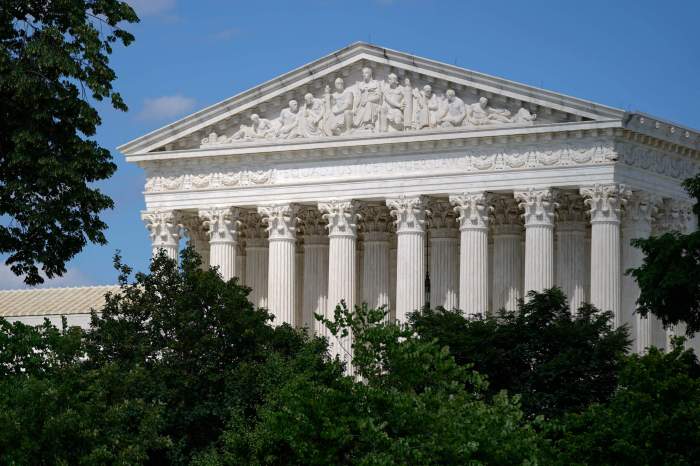NEW YORK (Reuters) – Oil rose about 4% on Tuesday to touch highs not seen since March as a third promising coronavirus vaccine raised hope for fuel- demand recovery and U.S. President-elect Joe Biden began his transition to the White House.
Brent crude settled at $47.86 a barrel, gaining $1.80, or 3.9%. U.S. West Texas Intermediate crude settled at $44.91 a barrel, rising $1.85 or 4.3%.
Both benchmarks ended at their highest close since March 5.
AstraZeneca on Monday said its COVID-19 vaccine was 70% effective in trials and could be up to 90% effective, giving the fight against the pandemic another potential vaccine after positive results from Pfizer-BioNTech and Moderna.
However, the vaccine will not be readily available for several months, meaning people will likely restrict travel and other activities through next year to try to slow the spread of the disease.
“The petroleum complex is the vaccine trade,” said John Kilduff, partner at Again Capital in New York. “Until we can see the other side of the pandemic, the market is going to be mired in slack demand that is going to keep the overhang extensive.”
The coronavirus pandemic, coupled with the collapse of an OPEC-led output pact, sent prices crashing in March.
After the collapse of that output pact led to a brief Saudi Arabia-Russia price war, the Organization of the Petroleum Exporting Countries and allies agreed a new deal on record production cuts to support prices.
The group known as OPEC+ is expected to roll over those cuts into 2021 after meeting Nov. 30 to Dec. 1, following technical talks this week.
In addition, the administration of President Donald Trump, a Republican, gave the Democratic president-elect access to resources that will enable him to take over in January after delaying for weeks despite Trump’s loss in the Nov. 3 election.
Biden’s early selection of top advisers helped buoy crude futures and equities, which oil often follows.
Oil prices pared gains slightly in post-settlement trade after the American Petroleum Institute, an industry group, reported U.S. crude inventories rose by 3.8 million barrels in the week to Nov. 20 to about 490 million barrels, compared with analysts’ expectations in a Reuters poll for a build of 127,000 barrels. [EIA/S]
Official U.S. government crude stocks data will be released on Wednesday.
(Reporting by Laila Kearney in New York; Additional reporting by Alex Lawler and Jessica Jaganathan in London; Editing by Cynthia Osterman and Matthew Lewis)

























